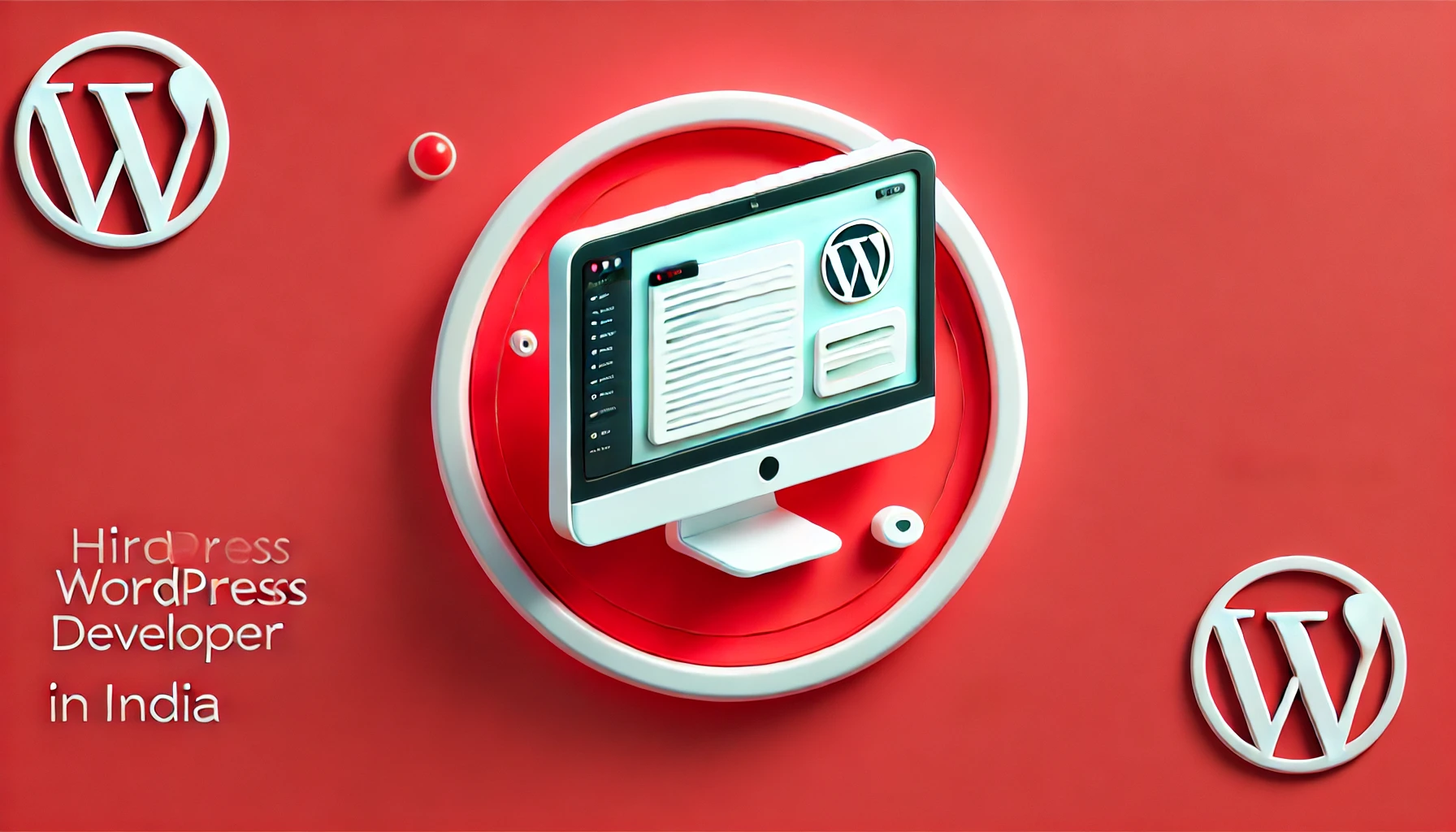Creating an accessible WordPress website is essential for ensuring that all users, including those with disabilities, can interact with your content effectively. In this article, we’ll explore the best tools and plugins available to help you create an accessible WordPress website. We will cover various aspects, from testing tools to plugins that enhance accessibility features.
Introduction to Accessibility in WordPress
Accessibility in web design refers to the practice of making websites usable for people with disabilities, which can include individuals with visual impairments, hearing loss, motor disabilities, and cognitive challenges.
In many cases, these disabilities can affect how users interact with a website, making it crucial for designers and developers to prioritize accessibility in their projects.
The World Wide Web Consortium (W3C) established the Web Content Accessibility Guidelines (WCAG), which provide a comprehensive framework for improving web accessibility. These guidelines focus on ensuring that all users can perceive, understand, navigate, and interact with web content effectively.
Accessibility is an ongoing process and requires regular assessments and updates to ensure compliance with the latest standards.
This commitment not only improves the usability of your website but also enhances the experience for all users. When accessibility features are integrated into the design, the end product is often more intuitive and easier to navigate.
The Importance of Accessibility
- Inclusivity: One of the most compelling reasons to create an accessible website is the commitment to inclusivity. By ensuring that people with disabilities can access your content, you are acknowledging the diversity of your audience and promoting equal opportunities for everyone. An accessible website allows all users, regardless of their abilities, to navigate, engage, and benefit from the content you offer.
- Legal Compliance: Many countries have regulations that mandate websites to be accessible, such as the Americans with Disabilities Act (ADA) in the United States. Failure to comply with these regulations can lead to legal repercussions, including lawsuits and fines. By making your website accessible, you can protect your business from potential legal challenges and demonstrate your commitment to social responsibility.
- Enhanced User Experience: Accessibility features often enhance the overall usability of a website. For example, clear navigation and properly labeled buttons not only assist individuals with disabilities but also benefit all users by providing a smoother browsing experience. This enhanced usability can lead to higher user satisfaction, increased engagement, and ultimately better conversion rates.
- SEO Benefits: Accessible websites tend to be more SEO-friendly. Search engines prioritize user experience, and many accessibility best practices align with effective SEO strategies. For instance, providing descriptive alt text for images can improve your website’s searchability, making it easier for users to find your content. Thus, accessibility and SEO are intertwined, and investing in accessibility can lead to improved visibility in search engine results.
- Brand Reputation: Demonstrating a commitment to accessibility can positively impact your brand’s reputation. Users appreciate companies that prioritize inclusivity, and positive brand perception can translate to customer loyalty. By actively promoting accessibility, you signal to your audience that you value diversity and are committed to serving all segments of the population.
Key Accessibility Guidelines
Before diving into the tools and plugins, understanding some fundamental accessibility guidelines is essential. Here are some of the key principles of accessibility that align with the WCAG:
- Text Alternatives: All non-text content, such as images, videos, and audio files, should have text alternatives that convey the same information. This is crucial for users who rely on screen readers or have difficulty perceiving visual content. Providing descriptive alt text not only assists individuals with disabilities but also improves the overall clarity of your website.
- Keyboard Navigation: Ensure that all functionalities on your website are accessible via keyboard navigation. Many users with motor disabilities may find it challenging to use a mouse, so it’s essential to create a navigable website that allows users to interact with all elements through keyboard shortcuts. This includes links, buttons, and form fields.
- Clear Headings and Labels: Use clear and descriptive headings to structure your content logically. Properly organized content helps users navigate through the site easily, whether they are using a keyboard or a screen reader. Labels for form fields should be clearly associated with their respective inputs to ensure users understand what information is required.
- Contrast and Color Use: Sufficient contrast between text and background colors is vital for readability. Many users with visual impairments struggle to read text that does not have enough contrast. As a general rule, aim for a contrast ratio of at least 4.5:1 for normal text and 3:1 for large text. Avoid relying solely on color to convey information, as some users may have color vision deficiencies.
- Error Identification: When users make errors in forms, provide clear and descriptive error messages. Inform them about the nature of the error and offer guidance on how to correct it. This not only helps users who may be struggling with forms but also enhances the overall user experience by reducing frustration.
By adhering to these key guidelines, you can lay a strong foundation for making your WordPress website more accessible. Implementing these principles will significantly enhance the user experience for all visitors, regardless of their abilities.
Top Tools for Accessibility Testing
To create an accessible website, you need to test your existing setup. Here are some of the best tools for testing accessibility:
- WAVE (Web Accessibility Evaluation Tool): WAVE is a powerful tool that helps you identify accessibility issues on your website. It provides a visual representation of accessibility errors by overlaying icons and alerts directly on your webpage. This allows you to see problems in context, making it easier to address them. Additionally, WAVE offers detailed error descriptions and suggestions for improvements, helping you understand the necessary changes. The tool is available as a browser extension, allowing for easy access while you work on your website. You can use WAVE to analyze your website’s pages for immediate feedback on accessibility issues, making it a great resource for developers and content creators alike.
- Axe Accessibility Checker: Axe is a widely used accessibility testing tool that integrates seamlessly with Chrome and Firefox browsers. It performs automatic scanning for accessibility issues and provides actionable guidance on how to fix identified problems. Axe offers both a free version for basic testing and a paid version with advanced features suitable for larger teams or enterprises. Ideal for developers and designers, Axe allows for real-time testing, enabling you to identify and address accessibility concerns during the development phase.
- Lighthouse: Lighthouse is an open-source, automated tool for improving the quality of web pages. It offers audits for performance, SEO, and accessibility, generating detailed reports that provide a scoring system. Lighthouse evaluates various aspects of your website, including image alt attributes, heading structure, and keyboard navigation. The tool is integrated into Chrome DevTools, making it easily accessible for developers during the building and testing phases. By regularly running Lighthouse audits, you can track your website’s accessibility improvements over time and ensure ongoing compliance with best practices.
- Accessibility Checker by Siteimprove: Siteimprove offers a comprehensive accessibility checker as part of its suite of tools. This tool scans your website for compliance with WCAG standards and provides detailed reports on accessibility issues. Siteimprove’s accessibility checker not only identifies problems but also offers guidance on how to fix them, making it easier for teams to implement necessary changes. For organizations looking for ongoing monitoring and reporting, Siteimprove provides valuable insights into accessibility performance and progress over time.
- Color Contrast Analyzer: This simple tool helps you determine if your text and background color combinations meet accessibility standards. By entering the hex codes of your colors, you can check the contrast ratio and receive feedback on whether it meets the WCAG guidelines. This tool is particularly useful during the design phase when selecting color schemes, ensuring that your website is visually appealing while remaining accessible.
- Screen Readers: Testing your website with a screen reader is one of the best ways to assess its accessibility. Popular screen readers include NVDA (Windows), JAWS (Windows), and VoiceOver (macOS/iOS). By navigating your website using a screen reader, you can gain insights into how users with visual impairments interact with your content. This hands-on approach will help you identify any navigational challenges or issues that need to be addressed.
By utilizing these accessibility testing tools, you can identify issues early in the development process and ensure that your WordPress website meets accessibility standards. Regular testing is crucial, as new content and updates can introduce new accessibility challenges.
Best Accessibility Plugins for WordPress
Plugins can significantly enhance the accessibility of your WordPress site. Here are some of the best options available:
- WP Accessibility: WP Accessibility is a comprehensive plugin that helps improve the accessibility of WordPress themes. It addresses several common accessibility issues, such as adding skip links for easier navigation, enhancing alt text handling for images, and providing tools for adjusting contrast and font sizes. The plugin also includes features for fixing empty links and ensuring proper heading structure. WP Accessibility is user-friendly, making it an excellent choice for website owners who may not have technical expertise. By implementing the features provided by this plugin, you can make significant strides toward enhancing your website’s overall accessibility.
- UserWay Accessibility Widget: UserWay offers an accessibility widget that enhances user experience for people with disabilities. This plugin provides a one-click accessibility adjustments menu, allowing users to customize their experience based on their individual needs. Options include adjusting text size, changing contrast settings, and enabling keyboard navigation. UserWay’s accessibility widget is easy to install and integrates seamlessly with your WordPress site, making it a practical solution for businesses that want to prioritize accessibility without extensive technical changes. Additionally, UserWay offers a reporting dashboard, enabling you to track your site’s accessibility compliance over time.
- Accessibility Suite (WP Accessibility Helper): This plugin provides a range of tools to help improve website accessibility. It features an accessibility menu that allows users to customize their experience, including text resizing, contrast adjustments, and font changes. Accessibility Suite also includes automatic checks for common accessibility issues and offers suggestions for fixes. This comprehensive approach ensures that your website remains compliant with accessibility standards while catering to users’ preferences. Its user-friendly interface makes it suitable for both developers and non-technical users, empowering everyone to contribute to an accessible web experience.
- WP ADA Compliance Check Basic: This plugin helps you assess the accessibility compliance of your WordPress site with the Americans with Disabilities Act (ADA) standards. WP ADA Compliance Check Basic scans your site for common accessibility issues and provides suggestions for improvements. While it doesn’t fix issues automatically, it offers valuable insights that allow you to make necessary adjustments. For website owners seeking to understand their compliance status and improve accessibility, this plugin is a helpful tool for ongoing assessments and monitoring.
- Accessible Poetry: This plugin is designed specifically for poetry websites, offering accessibility enhancements tailored for poetry content. Accessible Poetry provides features such as clear typography, increased line spacing, and proper semantic markup for poetic structures. By improving readability and navigation for poetry enthusiasts, this plugin fosters an inclusive experience for all visitors, ensuring that users with disabilities can fully engage with poetic content.
- Contact Form 7 Accessibility: If you’re using Contact Form 7 for forms on your website, this plugin adds accessibility features to ensure that forms are usable for all visitors. It improves form labeling, error messages, and keyboard navigation, enhancing the overall user experience for individuals relying on screen readers or other assistive technologies. Accessibility features are critical for forms, as they are often the primary way users interact with websites. By ensuring your forms are accessible, you can enhance user satisfaction and increase engagement.
Conclusion
Creating an accessible WordPress website is not only a legal obligation but also a moral imperative to foster inclusivity in the digital space. The tools and plugins mentioned in this article serve as valuable resources to help you identify and address accessibility issues on your site. By investing in accessibility, you enhance user experience, improve SEO, and demonstrate your commitment to serving all users.
As you integrate these tools and plugins into your workflow, remember that accessibility is an ongoing process. Regular testing and updates are crucial to maintaining compliance with accessibility standards. By prioritizing accessibility, you create a more inclusive web environment that benefits everyone, allowing all users to enjoy your content and engage with your brand effectively.
By taking the necessary steps to improve accessibility on your WordPress website, you not only comply with legal requirements but also contribute to a more equitable online experience for everyone. Whether you’re a developer, designer, or content creator, the responsibility to create an accessible website is shared among all stakeholders. Together, we can build a web that is welcoming and usable for everyone, regardless of their abilities.




